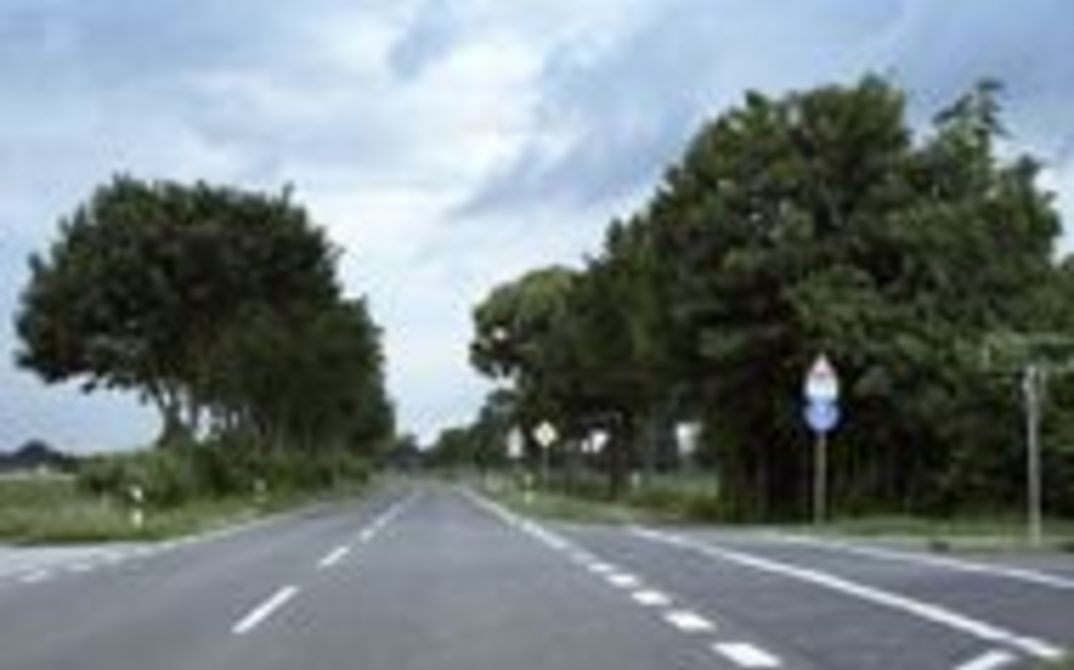To accompany the female artists' program in our cinema, on arsenal 3 we will be showing previous works by this year's grantholders, which have found their way into our archive over the years. Deborah Phillips’ analogue films MOSAIC (G 2001) and 71 (G 2005) create a picturesque and abstract lyrical rush of images by means of a collage technique of overlapping ornaments and details, multiple exposures and superimpositions. Realized on Super 8, Sabine Schöbel's films LUPINEN LÖSCHEN (G 2006) and EZB 2011–2012 (G 2014) shed an unconventional perspective of the world: LUPINEN LÖSCHEN is about the beauty and horror of a not-so-common misfortune and the circumstances of its disappearance. EZB 2011–2012 documents the building of the new premises of the European Central Bank in Frankfurt during the financial crisis. In Juliane Henrich's SCHLEIFEN (G 2014) a detailed examination of the architecture in a small German village an uncanny feeling of displacement and obliteration develops slowly. AUS WESTLICHEN RICHTUNGEN (Juliane Henrich, G 2016) is a cinematic reflection on the fuzzy concept of "West Germany" and the images associated with it. Justin Time's female-to-female performance TOSS IT BABY! (G 2007) analyzes the media-driven compulsion for beauty and “happyness”. The experimental documentary road movie CHASING HOUSES (Justin Time, G 2017) follows mobile homes as they make their way across the US by highway and links the spectacular expanse of the west with the fragile lives of their inhabitants. In their animated documentaries DARSTELLUNGEN VON FLUCHT (G 2016) and LANAS GESCHICHTE (G 2017), Anna Faroqhi and Haim Peretz shed poignant and haunting light on the lived reality of refugees. The invisible spectrum of light - that which is felt but never seen - becomes a means of approaching trauma-induced memory loss in the essay film UNTITLED SEQUENCE OF GAPS (Vika Kirchenbauer, G 2020), which is composed of short vignettes of varying techniques and materiality.



